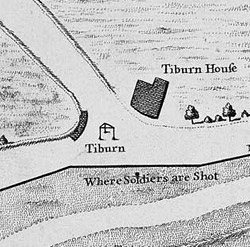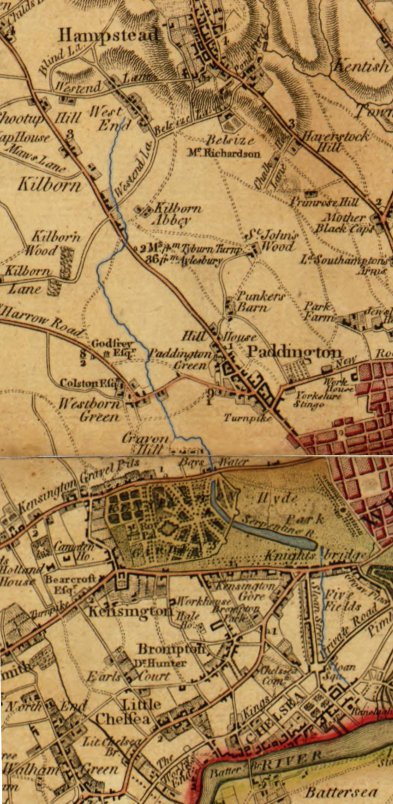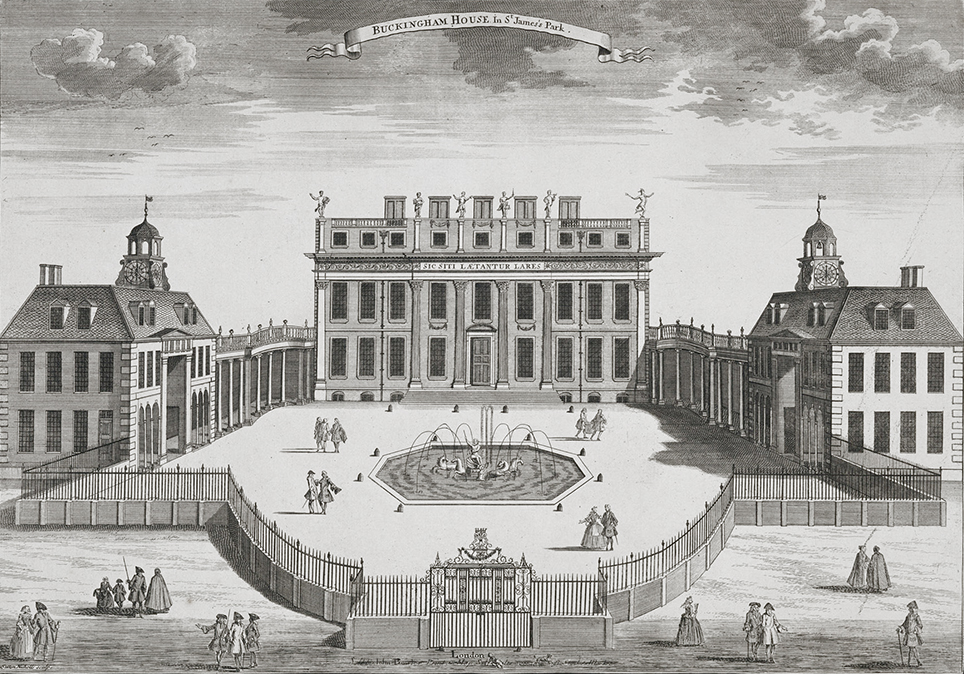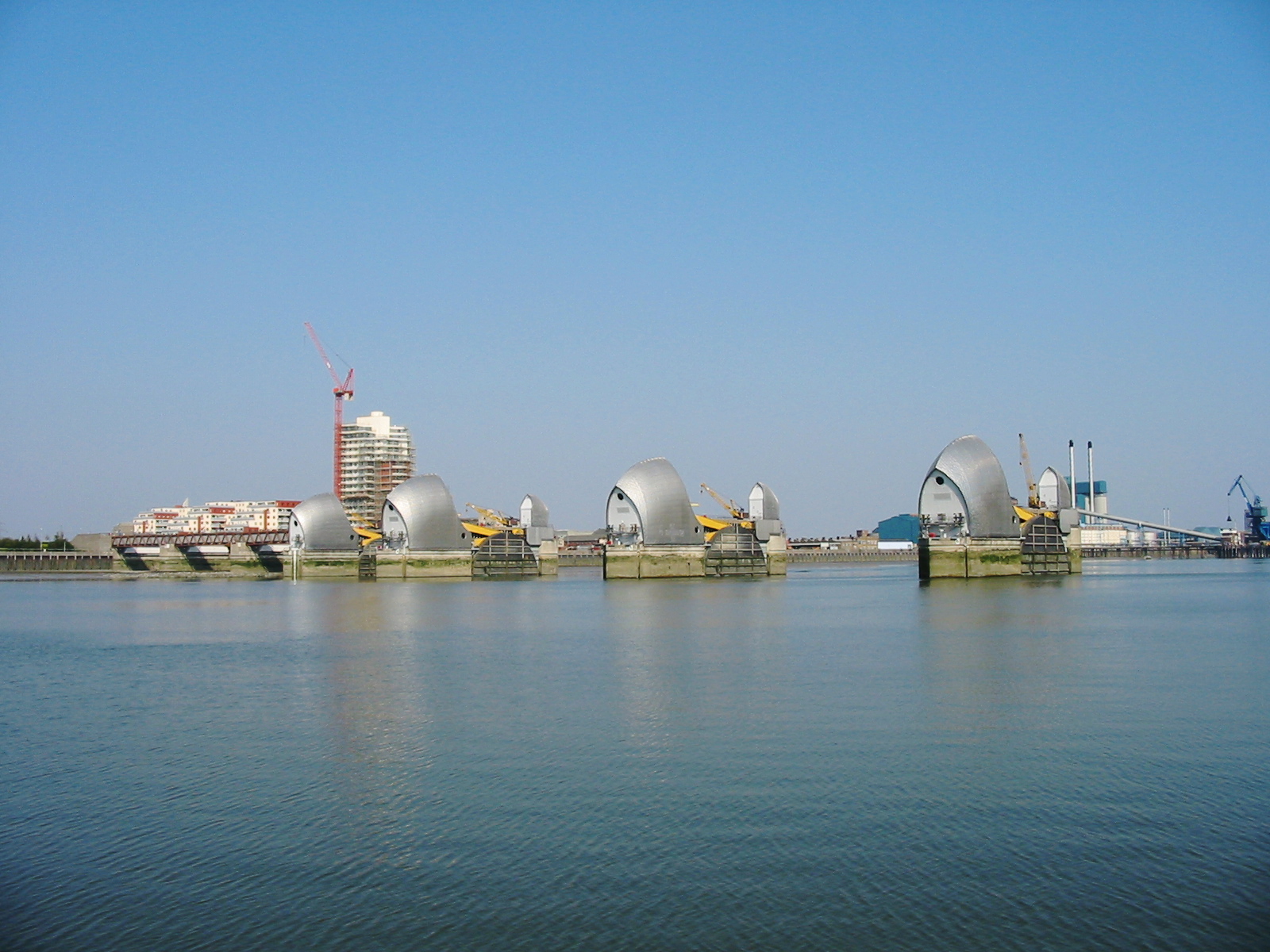|
Tyburn (stream)
The River Tyburn was a stream ( bourn) in London, England. Its main successor sewers emulate its main courses, but it resembled the Colne in its county of Middlesex in that it had many distributaries (inland mouths). It ran from South Hampstead, through Marylebone, Mayfair, St James's parish/district and Green Park to meet the tidal Thames at four sites, grouped into pairs. These pairs were near Whitehall Stairs (east of Downing Street), and by Thorney Street, between Millbank Tower and Thames House. Its much smaller cousin, the Tyburn Brook, was a tributary of the Westbourne and the next Thames tributary (west, on the north bank). Name A charter of AD 959 appears to mention the river, which it refers to as ''Merfleot'', which probably translates as ''Boundary Stream'', a suggestion reinforced by context, with the river forming the western boundary of the estate described. It is also mentioned in Edgar's Charter, dating from AD 951, where it is rendered as ''Teo-burna'', a name ... [...More Info...] [...Related Items...] OR: [Wikipedia] [Google] [Baidu] |
Tyburn Tree
Tyburn was a manor (estate) in London, Middlesex, England, one of two which were served by the parish of Marylebone. Tyburn took its name from the Tyburn Brook, a tributary of the River Westbourne. The name Tyburn, from Teo Bourne, means 'boundary stream'.Gover, J. E. B., Allen Mawer and F. M. Stenton ''The Place-Names of Middlesex''. Nottingham: English Place-Name Society, The, 1942: 6. The parish, and probably therefore also the manor, was bounded by Roman roads to the west (modern Edgware Road) and south (modern Oxford Street). The junction of these was the site of the famous Tyburn Gallows (known colloquially as the "Tyburn Tree"), now occupied by Marble Arch. For many centuries the name Tyburn was synonymous with capital punishment: it was the principal place for execution for London and Middlesex criminals and convicted traitors, including many religious martyrs. In the 18th century it was also known as "God's Tribunal". Hangings at Tyburn often included a sometimes rau ... [...More Info...] [...Related Items...] OR: [Wikipedia] [Google] [Baidu] |
River Westbourne
The Westbourne or Kilburn, also known as the Ranelagh Sewer, is a culverted small Tributaries of the River Thames#Tributaries, River Thames tributary in London, rising in Hampstead and Brondesbury Park and which as a drain unites and flows southward through Kilburn, London, Kilburn and Bayswater (west end of Paddington) to skirt underneath the east of Serpentine (lake), Hyde Park's Serpentine lake then through central Chelsea under Sloane Square. It passes centrally under the south side of Ranelagh Gardens, Royal Hospital Chelsea's Ranelagh Gardens before discharging into Inner London's combined sewer system, with exceptional discharges (to be abated by a 2021-completion scheme) into the Tideway#Inner London, Inner London Tideway. Since the latter 19th century, the population of its catchment has risen further but to reduce the toll it places on the Beckton Sewage Treatment Works and related bills its narrow Drainage basin, basin has been assisted by private soakaways, and pub ... [...More Info...] [...Related Items...] OR: [Wikipedia] [Google] [Baidu] |
Sanitary Sewer
A sanitary sewer is an underground pipe or tunnel system for transporting sewage from houses and commercial buildings (but not stormwater) to a sewage treatment plant or disposal. Sanitary sewers are a type of gravity sewer and are part of an overall system called a "sewage system" or sewerage. Sanitary sewers serving industrial areas may also carry industrial wastewater. In municipalities served by sanitary sewers, separate storm drains may convey surface runoff directly to surface waters. An advantage of sanitary sewer systems is that they avoid combined sewer overflows. Sanitary sewers are typically much smaller in diameter than combined sewers which also transport urban runoff. Backups of raw sewage can occur if excessive stormwater inflow or groundwater infiltration occurs due to leaking joints, defective pipes etc. in aging infrastructure. Purpose Sewage treatment is less effective when sanitary waste is diluted with stormwater, and combined sewer overflows occu ... [...More Info...] [...Related Items...] OR: [Wikipedia] [Google] [Baidu] |
Victorian London
During the 19th century, London grew enormously to become a global city of immense importance. It was the List of largest cities throughout history, largest city in the world from about 1825, the world's largest port, and the heart of Financial centre, international finance and International trade, trade. Railways connecting London to the rest of Great Britain, Britain, as well as the London Underground, were built, as were roads, a modern sewer system and many famous sites. Overview During the 19th century, London was transformed into the world's largest city and capital of the British Empire. The population rose from over 1 million in 1801 to 5.567 million in 1891. In 1897, the population of "Greater London" (defined here as the Metropolitan Police District plus the City of London) was estimated at 6.292 million. By the 1860s it was larger by one quarter than the world's second most populous city, Beijing, two-thirds larger than Paris, and five times larger than New ... [...More Info...] [...Related Items...] OR: [Wikipedia] [Google] [Baidu] |
Marylebone Lane
Marylebone Lane is one of the original streets of the Marylebone district of the City of Westminster, London. It runs from Oxford Street in the south to Marylebone High Street in the north, its winding shape following the course of the River Tyburn that it once ran alongside and pre-dating the grid pattern of the other streets in the area. Today the lane is largely composed of small shops, cafes and restaurants with some small apartment blocks. There are some larger commercial buildings at the southern end near Oxford Street. History Marylebone Lane dates back to the original medieval village of Tyburn, which stood at the south end of the lane near Oxford Street where Stratford Place is now. The lane followed the course of the River Tyburn, which once ran south alongside it before crossing Oxford Street, giving the lane a narrow and winding character that is still preserved today [...More Info...] [...Related Items...] OR: [Wikipedia] [Google] [Baidu] |
Buckingham Palace
Buckingham Palace () is a royal official residence, residence in London, and the administrative headquarters of the monarch of the United Kingdom. Located in the City of Westminster, the palace is often at the centre of state occasions and royal hospitality. It has been a focal point for the British people at times of national rejoicing and mourning. Originally known as Buckingham House, the building at the core of today's palace was a large townhouse (Great Britain), townhouse built for the John Sheffield, 1st Duke of Buckingham and Normanby, Duke of Buckingham and Normanby in 1703 on a site that had been in private ownership for at least 150 years. It was acquired by George III in 1761 as a private residence for Charlotte of Mecklenburg-Strelitz, Queen Charlotte and became known as The Queen's House. During the 19th century it was enlarged by architects John Nash (architect), John Nash and Edward Blore, who constructed three wings around a central courtyard. Buckingham Pala ... [...More Info...] [...Related Items...] OR: [Wikipedia] [Google] [Baidu] |
Vincent Square
Vincent Square is a grass-covered square in Westminster, London, England. It is London's largest privately-owned square, covering 13 acres, lined with mature trees including London Planes. In among a network of backstreets, it chiefly provides playing fields for Westminster School, who own it absolutely; otherwise, it functions as a green lung and a view for the homes, hotel and other organisations adjoining. Nine of its adjoining buildings have been given strict statutory architectural recognition and protection. The Liberal Democrat Headquarters, housing one of Parliament's three largest political parties, is based at 1 Vincent Square. History and use It was appropriated in the 18th century on land originally known as Tothill Fields, by William Vincent, a former Dean of Westminster and headmaster of Westminster School who simply paid a man with a horse and plough to enclose the square with a mound and ditch. Previous uses include a death camp and cemetery for 1,200 Scottis ... [...More Info...] [...Related Items...] OR: [Wikipedia] [Google] [Baidu] |
Thames Barrier
The Thames Barrier is a retractable barrier system built to protect the floodplain of most of Greater London from exceptionally high tides and storm surges moving up from the North Sea. It has been operational since 1982. When needed, it is closed (raised) during high tide; at low tide, it can be opened to restore the river's flow towards the sea. Built about east of the Isle of Dogs, its northern bank is in Silvertown in the London Borough of Newham and its southern bank is in the New Charlton area of the Royal Borough of Greenwich. History Background Flooding in London has been a problem since Roman times. In 1954, the Waverley Committee, established to investigate the serious North Sea flood of 1953 which affected parts of the Thames Estuary and parts of London, recommended that "as an alternative to raising the banks, the possibility and cost of erecting a structure across the Thames which could be closed in a surge should be urgently investigated". A number of designs ... [...More Info...] [...Related Items...] OR: [Wikipedia] [Google] [Baidu] |
Westminster Abbey
Westminster Abbey, formally titled the Collegiate Church of Saint Peter at Westminster, is an Anglican church in the City of Westminster, London, England. Since 1066, it has been the location of the coronations of 40 English and British monarchs and a burial site for 18 English, Scottish, and British monarchs. At least 16 royal weddings have taken place at the abbey since 1100. Although the origins of the church are obscure, an abbey housing Benedictine monks was on the site by the mid-10th century. The church got its first large building from the 1040s, commissioned by King Edward the Confessor, who is buried inside. Construction of the present church began in 1245 on the orders of Henry III. The monastery was dissolved in 1559, and the church was made a royal peculiar – a Church of England church, accountable directly to the sovereign – by Elizabeth I. The abbey, the Palace of Westminster and St Margaret's Church became a UNESCO World Heritage Site in 1987 becaus ... [...More Info...] [...Related Items...] OR: [Wikipedia] [Google] [Baidu] |
Thorney Island (Westminster)
Thorney Island was the eyot (or small island) on the River Thames, upstream of medieval London, where Westminster Abbey and the Palace of Westminster (commonly known today as the Houses of Parliament) were built. It was formed by rivulets of the River Tyburn, which entered the Thames nearby. In Roman times, and presumably earlier, Thorney Island Watling Street#Westminster ford, may have been part of a natural ford where Watling Street crossed the Thames, of particular importance before the construction of London Bridge. The name may be derived from the Old English, Anglo-Saxon ''Þorn-īeg'', meaning "Thorn Island". Thorney is described in a purported 8th century charter of Offa of Mercia, King Offa of Mercia, which is kept in the Westminster Abbey, Abbey muniments, as a "terrible place". In the Spring of 893, Edward the Elder, son of Alfred the Great, forced invading Vikings to take refuge on Thorney Island. Despite hardships and more Viking raids over the following centuries, ... [...More Info...] [...Related Items...] OR: [Wikipedia] [Google] [Baidu] |
Distributary
A distributary, or a distributary channel is a stream channel that branches off and flows a main stream channel. It is the opposite of a ''tributary'', a stream that flows another stream or river. Distributaries are a result of river bifurcation and are often found where a river approaches a lake or an ocean and divides into distributary networks; as such they are a common feature of river deltas. They can also occur inland, on alluvial fans, or where a tributary stream bifurcates as it nears its confluence with a larger stream. In some cases, a minor distributary can divert so much water from the main channel that it can later become the main route. Related terms Common terms to name individual river distributaries in English-speaking countries are ''arm'' and ''channel''. These terms may refer to a distributary that does not rejoin the channel from which it has branched (e.g., the North, Middle, and South Arms of the Fraser River, or the West Channel of the Mackenzie River ... [...More Info...] [...Related Items...] OR: [Wikipedia] [Google] [Baidu] |
Fitzjohns Avenue
Fitzjohns Avenue is a street in Hampstead, England. Located in the London Borough of Camden it runs northwards from College Crescent (near to Swiss Cottage tube station on the Finchley Road) to join and become Heath Street in Hampstead Village. Running steeply uphill for much of its route Fitzjohns Avenue is joined or crossed by various other streets including Belsize Park, Belsize Lane, Maresfield Gardens, Netherhall Gardens, Akenfield Road and Lyndhurst Road. It is classified as part of the B511 road. It is also sometimes written as Fitzjohn's Avenue. Construction While Hampstead was an old settlement on the outskirts of London, the area which Fitzjohns Avenue was built on was traditionally rural. In 1869 the Maryon-Wilson family, lords of the manor of Hampstead, received legal permission to redevelop the area for housing to accommodate Victorian London's rapidly expanding population. A fightback was led by Octavia Hill amongst others, who wished to preserve the green s ... [...More Info...] [...Related Items...] OR: [Wikipedia] [Google] [Baidu] |








